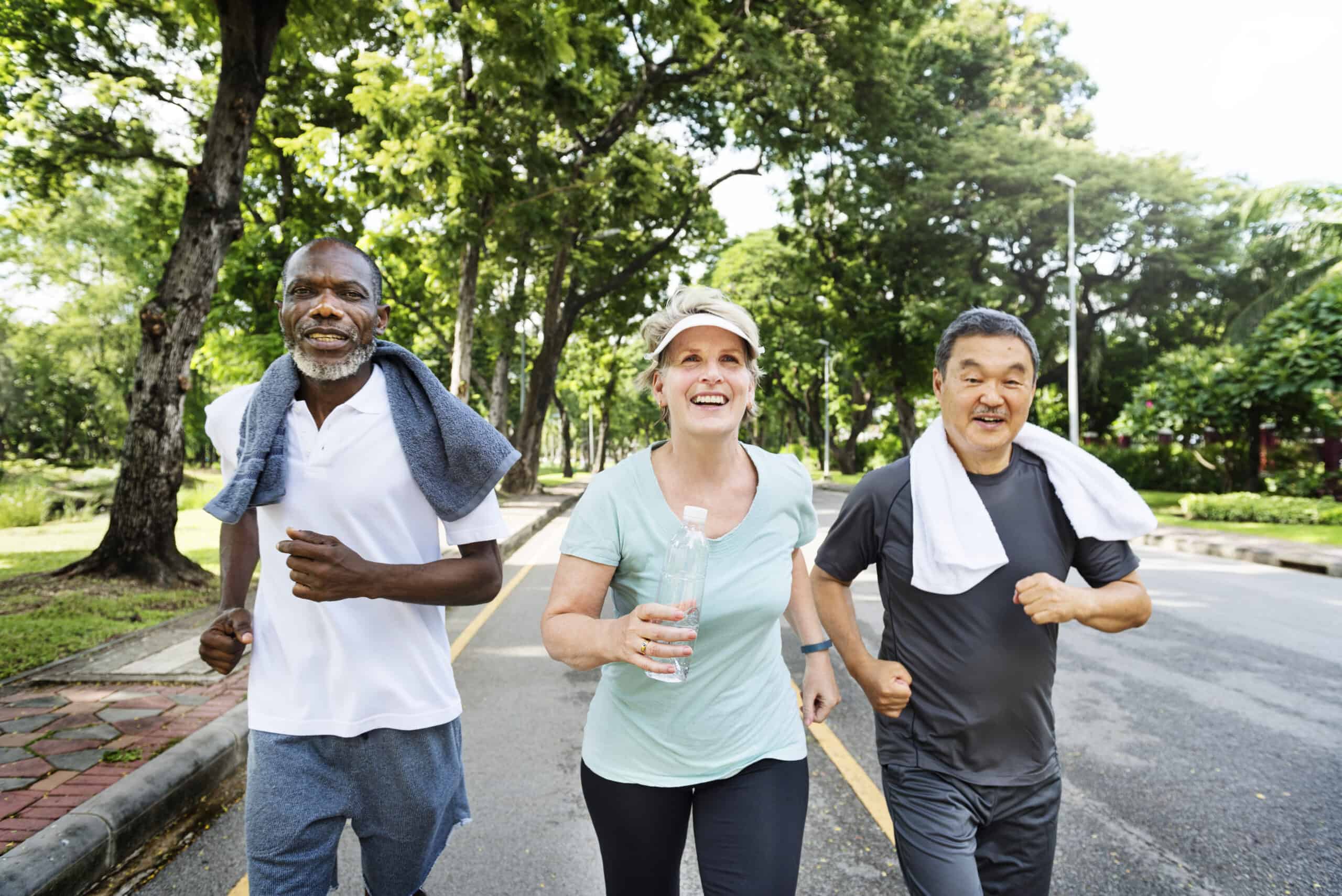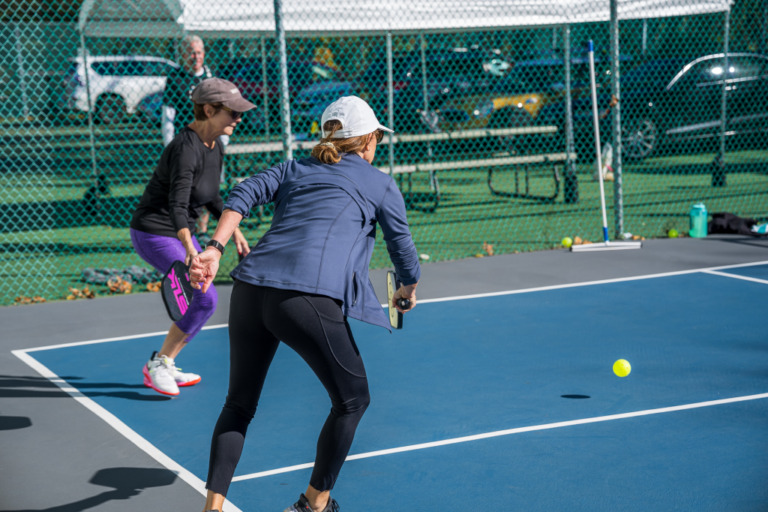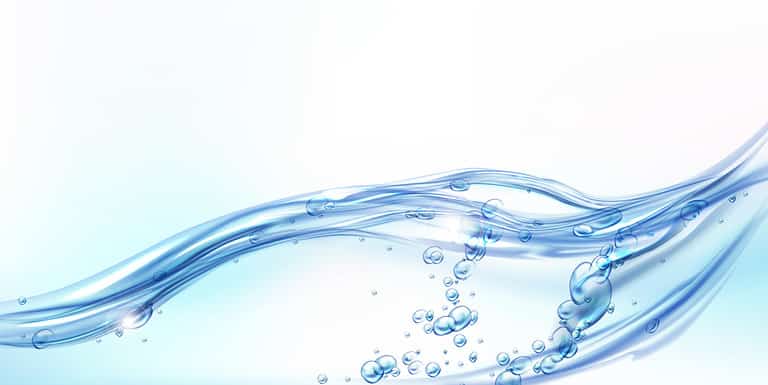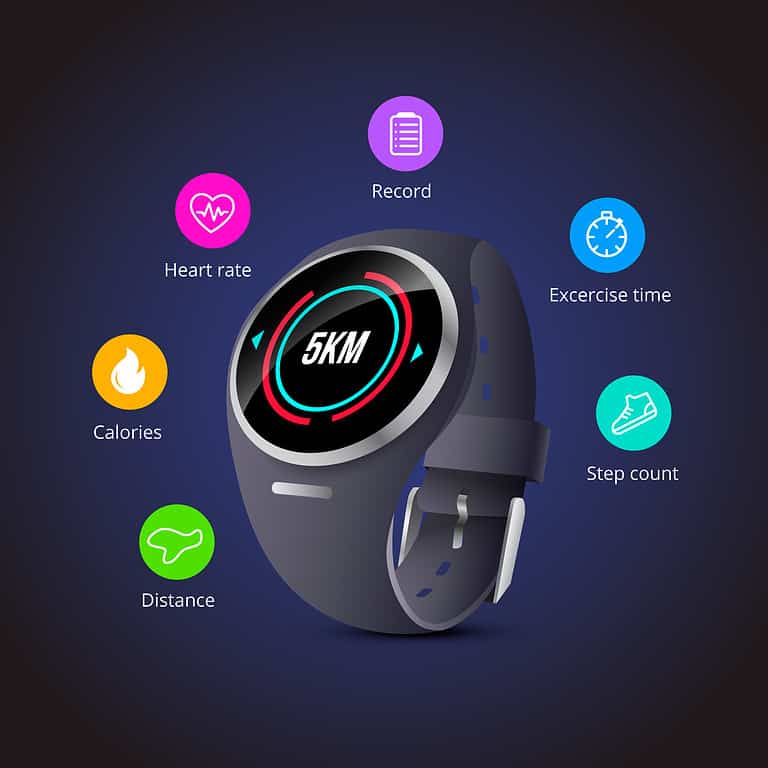6 Best Tips To Stay Active In The Extreme Heat
Staying active in the heat can be challenging, but it’s not impossible. When the temperature rises, it’s important to take precautions to avoid heat-related illnesses and stay safe while exercising. There are several ways to stay active in the heat. With a little planning and preparation, you can still enjoy outdoor activities while keeping cool.
I am very active all year and in the summers in South Carolina it really becomes challenging. I have learned, out of necessity, how better to be safe and active during the hot weather.
How Can You Stay Active In The Heat?
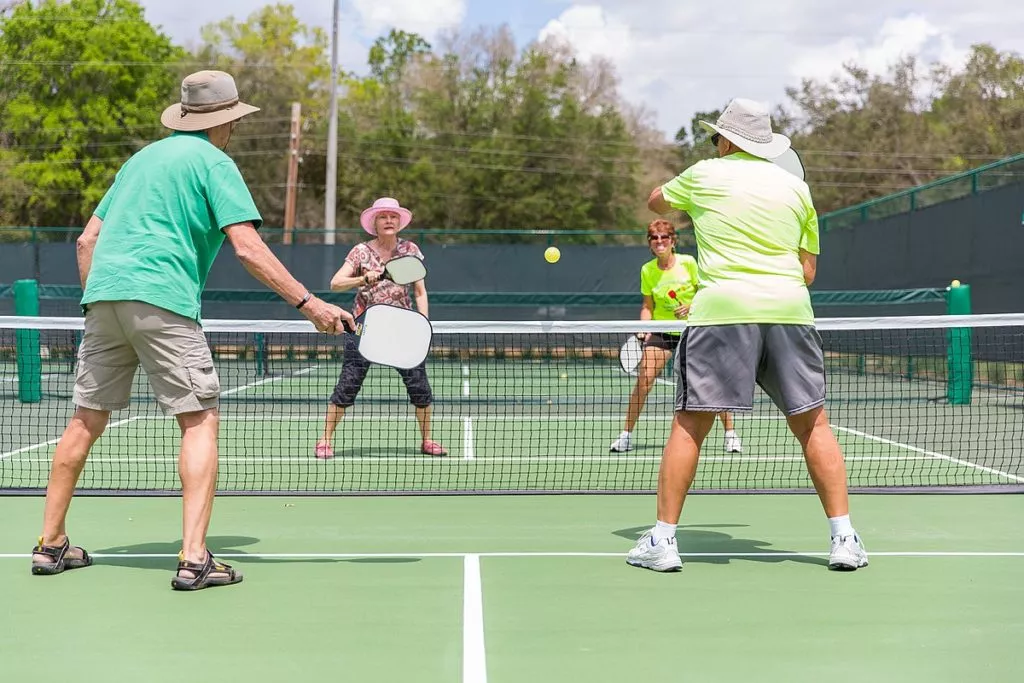
One of the most important things to remember when exercising in the heat is to stay hydrated. Drinking plenty of fluids before, during, and after exercise can help prevent dehydration and heat exhaustion.
Water is the best choice for staying hydrated and active in the heat. Still, sports drinks can also help replenish electrolytes lost through sweat. It’s important to drink fluids even if you don’t feel thirsty, as thirst is not always a reliable indicator of dehydration. Make sure that you have one or two bottles of water with you.
Adjusting your workout routine is another way to stay active in the heat. Exercising early in the morning or late in the evening when it’s cooler outside can help reduce the risk of heat-related illnesses.
Wearing lightweight, breathable clothing can also help keep you cool while exercising. Listening to your body and taking breaks as needed is also important.
If you start to feel dizzy, nauseous, or experience other symptoms of heat exhaustion, it’s important to stop exercising and seek shade or air conditioning immediately.
Does Heat Impact Physical Activity?
Exercising in hot weather can be challenging, and it’s important to understand how heat can impact physical activity. When the temperature rises, the body’s core temperature also increases, which can lead to dehydration, heat exhaustion, and heat stroke. It can be challenging for those wanting to stay active in the heat.
Heat can also make physical activity more difficult by increasing the heart rate and making breathing harder. This is because the body is working harder to cool itself down, which can take away from the energy normally used for physical activity.
I have seen time and time again, someone that is getting dizzy and feeling faint due to our activity in the heat.
To avoid these negative effects, taking precautions when exercising in the heat is important. This includes staying hydrated by drinking plenty of water before, during, and after physical activity. Wearing loose, lightweight, breathable clothing can also help keep the body cool.
It’s also important to pay attention to the heat index, which takes into account both the temperature and the humidity. When the heat index is high, it’s best to avoid exercising outdoors during the hottest part of the day and opt for early morning or evening workouts when it’s cooler.

Overall, understanding the impact of heat on physical activity is crucial for staying safe and healthy while exercising in warm weather. Taking the necessary precautions makes it possible to stay active in the heat and enjoy the benefits of physical activity even in the hottest temperatures.
1. When Are The Best Times For Outdoor Activities When It’s Hot?
When it comes to staying active in the heat, timing is crucial. Exercising at the wrong time of day can lead to heat exhaustion, dehydration, and other heat-related illnesses. Here are some tips on choosing the right time for outdoor activities.
Early Morning Workouts
One of the best times to exercise outdoors in the summer is early in the morning. The temperature is cooler, and the air is often less humid. This makes it easier to breathe and reduces the risk of heat-related illnesses.
If you’re not a morning person, gradually shift your workout routine earlier. Start by moving your workout 15-30 minutes earlier each week until you’re exercising in the morning.
Evening Exercise Sessions
Another good time for outdoor activities is in the evening. The temperature is usually lower, and the sun is less intense. This makes exercising more comfortable and reduces the risk of heat-related illnesses.
However, it’s important to be aware of the time of sunset and plan your workout accordingly. You want to avoid being caught outside in the dark, especially if you’re running or cycling.
Conclusion
Choosing the right time for outdoor activities is essential for staying safe and healthy in the heat. Exercising early in the morning or evening can reduce the risk of heat-related illnesses, and enjoy your workout without feeling overheated.
2. What Are The Best Hydration and Nutrition Strategies For Hot Weather?
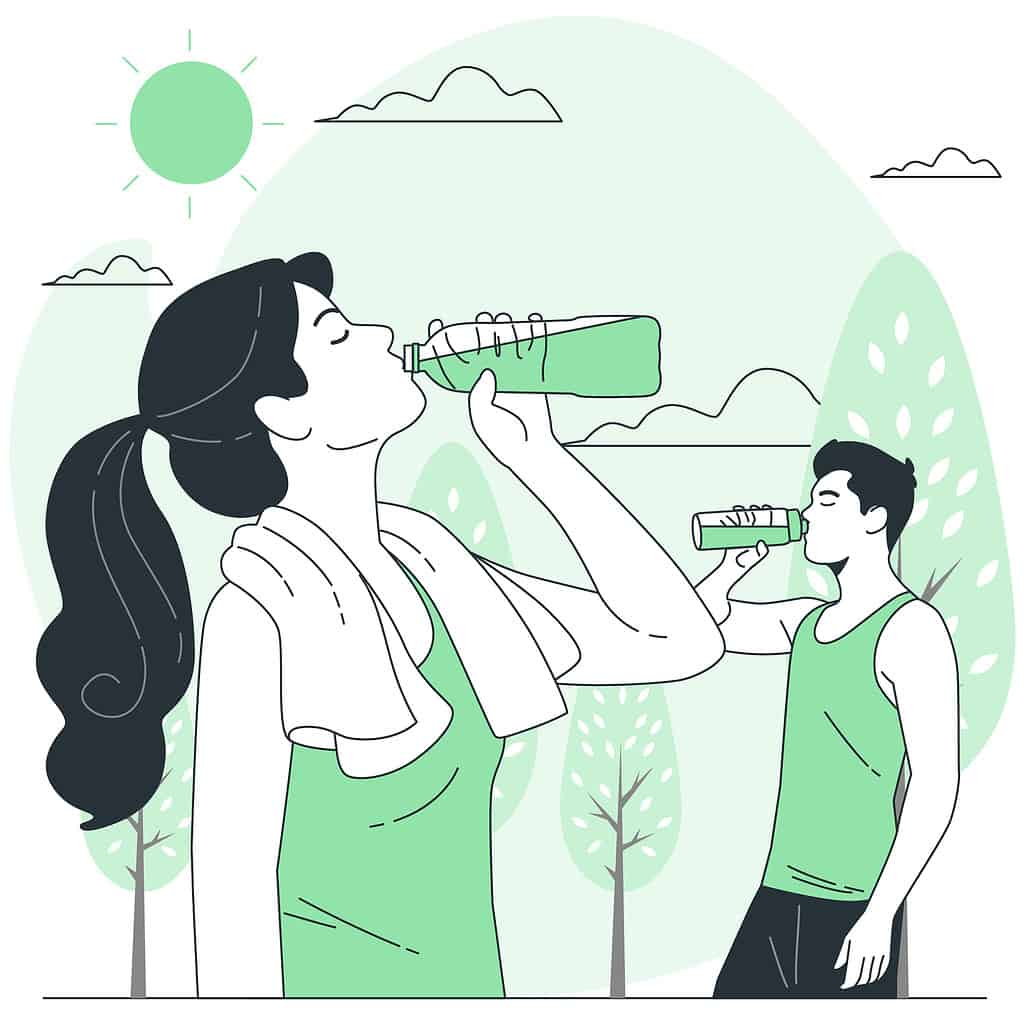
How Do I Stay Hydrated?
If you are trying to stay active in the heat, staying hydrated is crucial when exercising. Dehydration can lead to heat exhaustion, heat stroke, and other heat-related illnesses. The American Heart Association recommends drinking water before, during, and after physical activity, even if you don’t feel thirsty. Bringing a bottle of water with you or planning water stops along your route can help ensure you stay hydrated.
Look at the statistics from the CDC:

You should also consider sports drinks or powders that contain electrolytes to help replace the electrolytes lost through sweating. Look for ones that contain sodium and postasium. However, it’s important to note that sports drinks can be high in sugar, so it’s best to choose low-sugar options or dilute them with water.
I use electrolyte powders for their convenience and have several brands that offer different levels of electrolytes and carbohydrates depending on what sport or effort I will be putting in.
Nutritional Needs
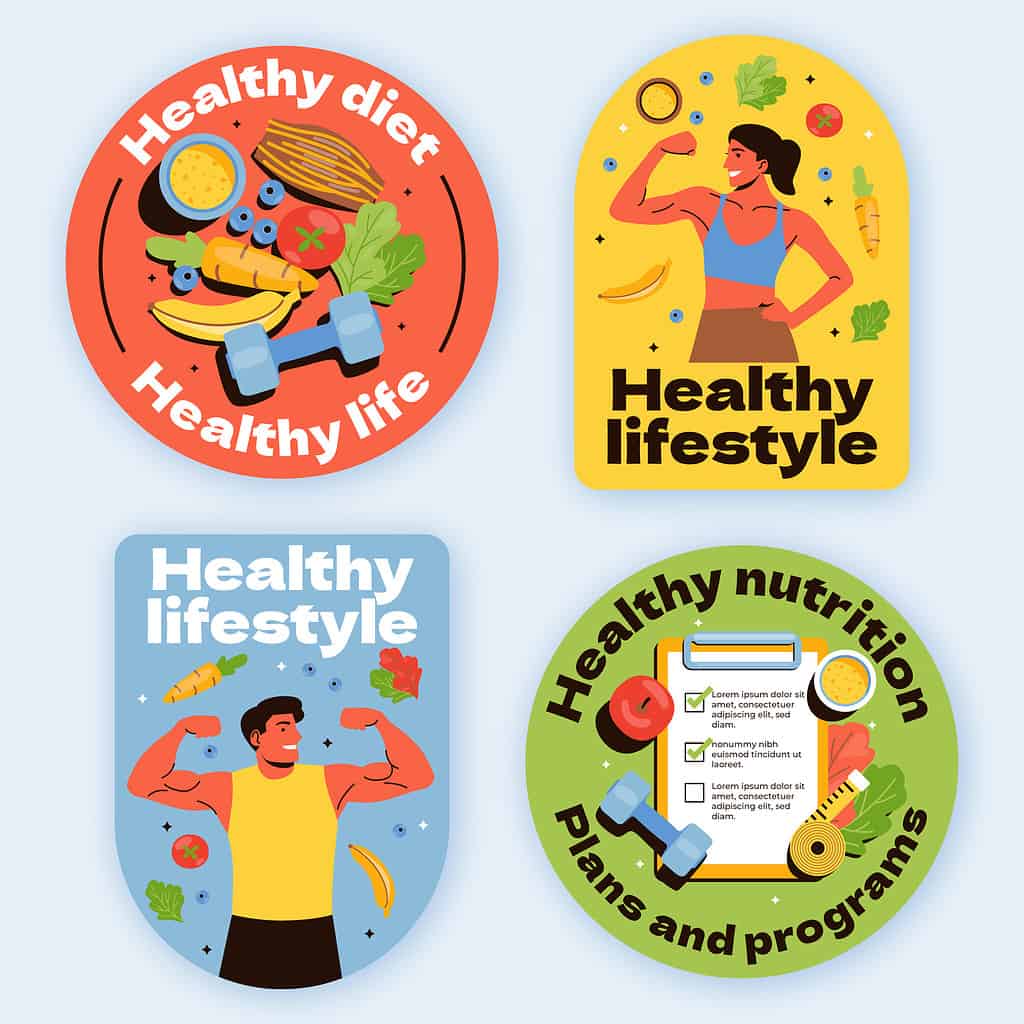
In addition to staying hydrated, fueling your body with the right nutrients when exercising in the heat is important. The Mayo Clinic recommends eating foods that are high in water content, such as fruits and vegetables, to help keep you hydrated. Some examples include watermelon, strawberries, cucumbers, and lettuce.
It’s also important to consume enough carbohydrates to provide your body with the energy it needs to exercise. The American Council on Exercise recommends consuming 30-60 grams of carbohydrates per hour of exercise. Good sources of carbohydrates include whole grains, fruits, and vegetables.
This is counterintuitive for a lot of women, but you really do need carbohydrates during exercise. They provide much needed energy, and no, they are not going to make you fat.
Finally, consuming enough protein is important to help repair and rebuild muscle tissue. The Academy of Nutrition and Dietetics recommends consuming 1.2-2.0 grams of protein per kilogram of body weight per day for athletes. Good sources of protein include lean meats, poultry, fish, beans, and tofu.
You can stay active and healthy even in the heat by staying hydrated and fueling your body with the right nutrients.
3. What Should I Wear When Its Hot?
When staying active in the heat, choosing the right clothing is essential. Here are some tips for selecting appropriate clothing for heat:
Lightweight Clothing
Wearing lightweight clothing made of breathable fabrics is essential to stay cool and comfortable during exercise in the heat. Cotton, linen, and rayon are good options for lightweight clothing. Moisture-wicking fabrics are also a great choice as they help to keep sweat away from the skin.
There are great brands that make clothing specifically for those active in hot weather. One of my favorite brands is San Soleil.
Loose-fitting clothes are also important as they allow air to circulate and keep the body cool. Tight clothes can trap heat and make it difficult for sweat to evaporate, leading to discomfort and overheating.
Sun Protective Gear
Protecting the skin from the sun’s harmful rays is important when exercising outdoors in the heat. Wearing a wide-brimmed hat or visor can help to shade the face and neck from the sun. Sunglasses can also protect the eyes from UV rays.
Clothing with UPF (Ultraviolet Protection Factor) can also help to protect the skin from the sun’s rays. UPF clothing is specially designed to block out UV radiation. It is available in a variety of styles, including shirts, shorts, and pants.
It’s also important to apply sunscreen to any exposed skin before heading outside, even if wearing sun-protective clothing. Choose a sunscreen with an SPF (Sun Protection Factor) of at least 30 and reapply every two hours or after swimming or sweating.
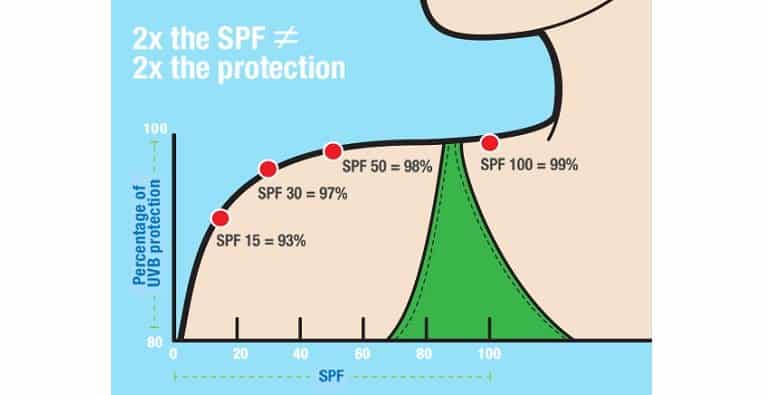
And yes, the 5-6% really does make a difference if you are outside for extended periods of time.
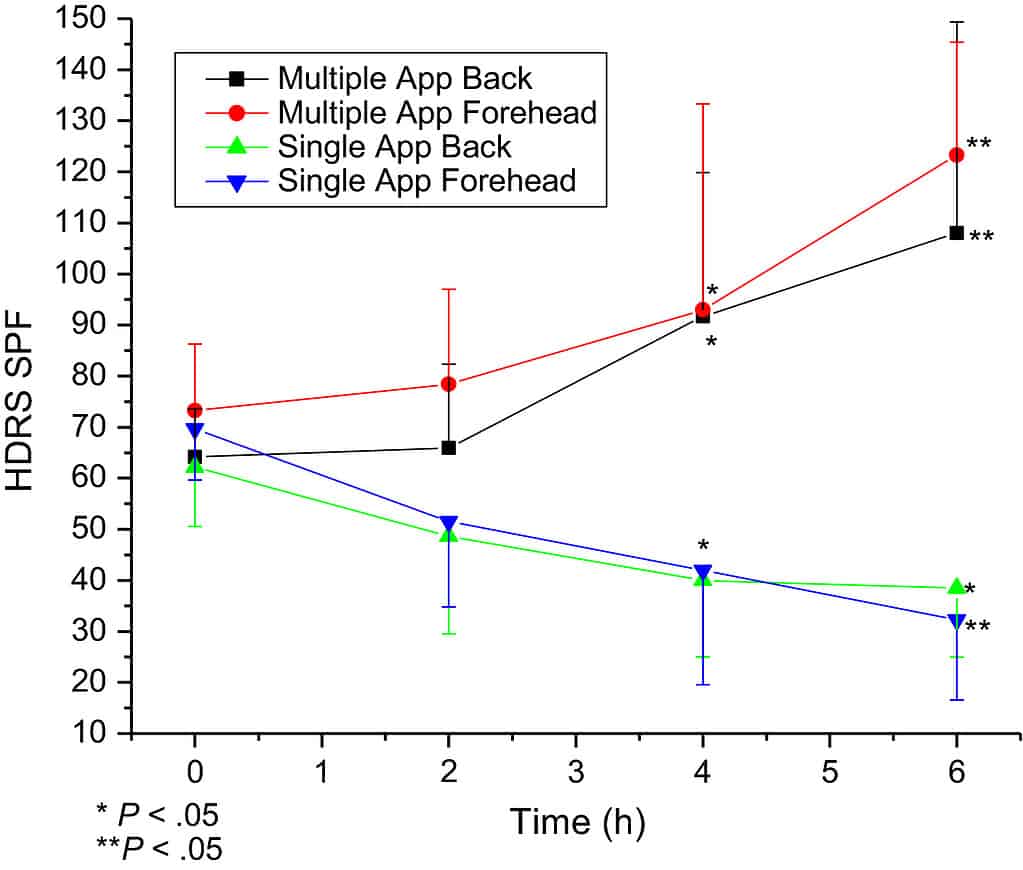
By selecting appropriate clothing for heat, individuals can stay cool and comfortable while staying active in hot weather.
4. Are There Indoor Exercise Alternatives?
When the weather is too hot to exercise outside, there are still plenty of indoor options to keep you active and healthy. Here are two great alternatives:
Home Workouts
Working out at home is a great, convenient, and cost-effective way to stay active. There are many different types of home workouts to choose from, including:
- Bodyweight exercises: push-ups, squats, lunges, and planks are all great exercises that require no equipment.
- Yoga: there are many free yoga videos available online that you can follow along with.
- Resistance bands: these small, portable bands can be used for a variety of exercises and are great for building strength.
To make the most of your home workouts, don’t do the same thing all the time, create routines that include a variety of exercises and stick to it. Don’t forget to use household items like chairs and stairs.
Gym Sessions
If you prefer a more structured workout, consider joining a gym. Many gyms offer classes and equipment to help you stay active even when it’s too hot to exercise outside. Some popular indoor exercises include:
- Treadmill: walking or running on a treadmill is one of the best ways to get in some cardio exercise.
- Weightlifting: lifting weights can help build strength and tone muscles.
- Group fitness classes: many gyms offer classes like yoga, Pilates, and spinning, led by experienced instructors.
When choosing a gym, look for one that is conveniently located and has a variety of equipment and classes to choose from. You should also ensure the gym has good air conditioning to keep you cool while exercising.
Overall, staying active indoors is a great way to beat the heat and maintain your fitness routine. Whether you choose to work out at home or join a gym, there are plenty of options to keep you healthy and active all year long.
5. Is Rest and Recovery in Heat Important?
Importance of Rest
Rest is essential to any exercise routine, particularly in hot weather. When the body is exposed to high temperatures, it has to work harder to maintain a stable core temperature. This can lead to fatigue, dehydration, and heat exhaustion. Taking breaks during exercise can help prevent these negative effects and allow the body to recover.
When exercising in the heat, listening to your body and taking breaks as needed is important. Resting in the shade or a cool, air-conditioned environment can help lower body temperature and reduce the risk of heat-related illness. It’s also important to stay hydrated during breaks, as dehydration can worsen the effects of heat exhaustion.
I have learned to slow down between matches or during games. Something that I am not accustomed to, but has a huge impact on reducing my fatigue during game play.
Cooling Down Strategies
Cooling down after exercise can also help the body recover from the effects of heat. This can be achieved through a variety of strategies, including:
- Stretching: Gentle stretching can help reduce muscle tension and promote relaxation, allowing the body to cool down more quickly.
- Cold water immersion: Submerging the body in cold water can help lower body temperature and reduce inflammation.
- Cooling towels: Wet towels or bandanas can be placed on the neck, forehead, or other areas of the body to help lower body temperature.
- Hydration: Drinking cool water or sports drinks can help replace fluids lost through sweating and reduce the risk of dehydration.
Taking breaks and cooling down after exercise in the heat can help prevent heat-related illness and promote faster recovery. By listening to their bodies and using effective cooling strategies, individuals can stay active and healthy even in the hottest weather.
6. What Are The Key Safety Measures and Precautions?
When staying active in the heat, it is important to take safety measures and precautions to prevent heat-related illnesses. Here are some tips to keep safe and healthy:
Recognizing Heat-Related Illness
It is important to recognize the symptoms of heat-related illnesses, which can be mild or severe. Mild symptoms include muscle cramps, nausea, headache, and fatigue. More severe symptoms include dizziness, confusion, rapid heartbeat, and loss of consciousness. If you or someone you know experiences any of these symptoms, it is important to take action immediately.
- Heat cramps are muscle spasms that are caused by dehydration and electrolyte imbalance. They are often painful and can occur in any muscle group, but they are most common in the legs, arms, and abdomen.
- Heat exhaustion is a more serious condition caused by dehydration and electrolyte imbalance. Symptoms include profuse sweating, pale skin, headache, dizziness, nausea, and vomiting.
- Heat stroke is a severe form of heat illness. It is caused by a failure of the body’s cooling system. Heat stroke symptoms include a body temperature above 103 degrees Fahrenheit, hot, red, dry skin, rapid breathing, confusion, and seizures. This is considered a medical emergency; you should seek medical attention immediately.
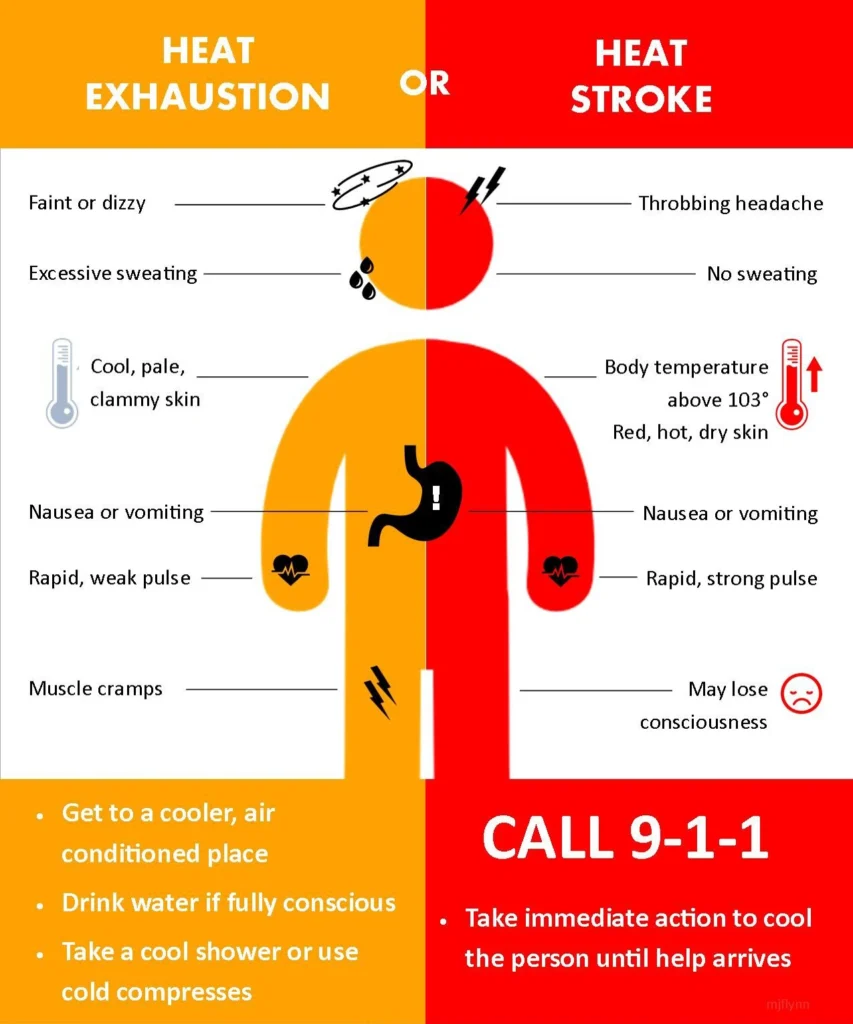
First Aid Measures
If you see someone that is experiencing symptoms of a heat exhaustion, you need to act fast and help them cool down:
- Move the person to a cool and shaded area
- Loosen tight clothing and remove excess clothing
- Fan the person or spray cool water on their body
- Offer cool drinks, such as water or sports drinks
- Apply ice packs and/or cold towels to the person’s neck, armpits, and groin
If the person’s symptoms do not improve or worsen, it is important to seek medical attention immediately call 911. Heat-related illnesses can be life-threatening if not treated promptly.
To prevent heat-related illnesses, staying hydrated, wearing loose and lightweight clothing, and avoiding outdoor activities during the hottest parts of the day are important. These precautions allow you to stay active and healthy during the hot summer months.
Frequently Asked Questions
What are some tips for staying active in hot weather?
According to the American Heart Association, some tips for staying active in hot weather include taking frequent breaks in the shade, drinking water before feeling thirsty, and allowing time to adapt to the heat. It is also recommended to wear loose, lightweight clothing that blocks the sun and includes a hat to provide shade and keep the head cool.
What are the benefits of working out in hot weather?
Working out in hot weather can help improve cardiovascular endurance, increase sweat production, and enhance thermoregulatory adaptations. This means you can burn more calories and help improve overall physical performance.
Is it safe to exercise in hot weather?
While exercising in hot weather can be safe, it is important to take basic precautions to avoid heat-related illnesses. The CDC recommends staying hydrated, taking frequent breaks in the shade, and wearing light-colored, breathable clothing. It is also important to listen to the body and adapt to the heat gradually.
What are the best exercises to do in hot weather?
The best exercises in hot weather include swimming, water aerobics, yoga, and low-intensity activities like walking or biking. It is important to avoid high-intensity exercises that can lead to excessive sweating and dehydration.
What are the pros and cons of working out in the heat?
The pros of working out in the heat include improved cardiovascular endurance, increased sweat production, and enhanced thermoregulatory adaptations. The cons include an increased risk of heat-related illnesses such as heat exhaustion, heatstroke and a potential decrease in physical performance.
How can I stay active during the summer heat?
You can stay active by taking advantage of cooler times of the day, such as early morning or late evening, staying hydrated, and choosing low-intensity activities such as walking or biking. It is also important to listen to the body and take frequent breaks in the shade to avoid heat-related illnesses.
Featured Image: Freepik

